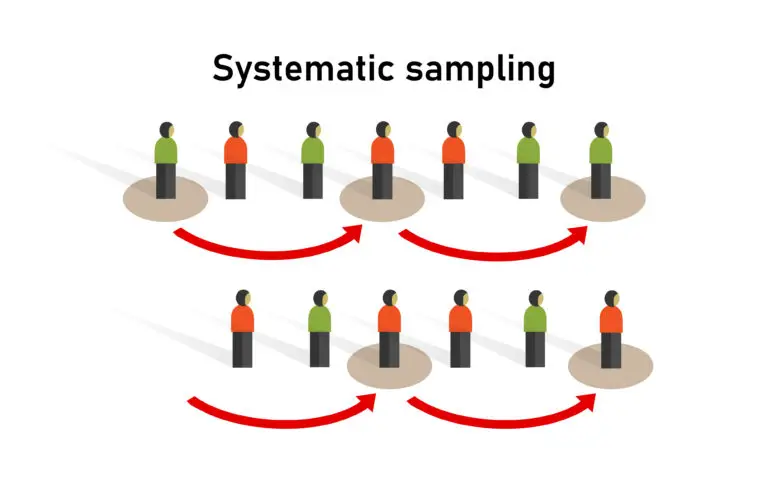Systematic Random Sampling

Table of Contents
Systematic Random Sampling Definition
Systematic random sampling is a method of statistical sampling where every nth member of a population is selected to be included in the sample. It is a type of probability sampling technique that ensures each member of the population has an equal chance of being selected.
Sampling Process
- The population is first numbered or ordered systematically, alphabetically, numerically, or based on another characteristic.
- A starting point is randomly selected between 1 and the sampling interval (n), where n is the sampling interval or the number of elements between each selected member.
- Then, every nth member of the population is selected to be part of the sample. For example, if the sampling interval is 5, every 5th member of the population is included in the sample.
Statistical Analysis
After collecting data through systematic random sampling, researchers can use statistical techniques to analyze the sample data and make inferences about the population parameters.
Advantages
- Efficiency: Systematic random sampling is more efficient than simple random sampling, especially for large populations, as it reduces the need to list and select individual members one by one.
- Randomness: By starting at a random point and using a consistent sampling interval, systematic random sampling introduces randomness into the selection process, which helps obtain representative samples.
Disadvantages
- Biased Selection: If a systematic pattern or order in the population aligns with the sampling interval, systematic random sampling may lead to biased samples. For example, if a periodic pattern exists in the population, it could affect the randomness of the selection process.
- Not Suitable for Periodic Patterns: Systematic random sampling may not be suitable for populations with periodic patterns or cyclical variations, as these patterns can influence the sampling outcome.
Examples of Systematic Sampling
- In a manufacturing plant, every 10th product off the assembly line is selected for quality testing using systematic random sampling.
- In a survey of households, every 5th household on a street is selected to participate using systematic random sampling.
Related Links
Chance Error
Convenience Sampling
Statistical Inference
Stratified Random Sample